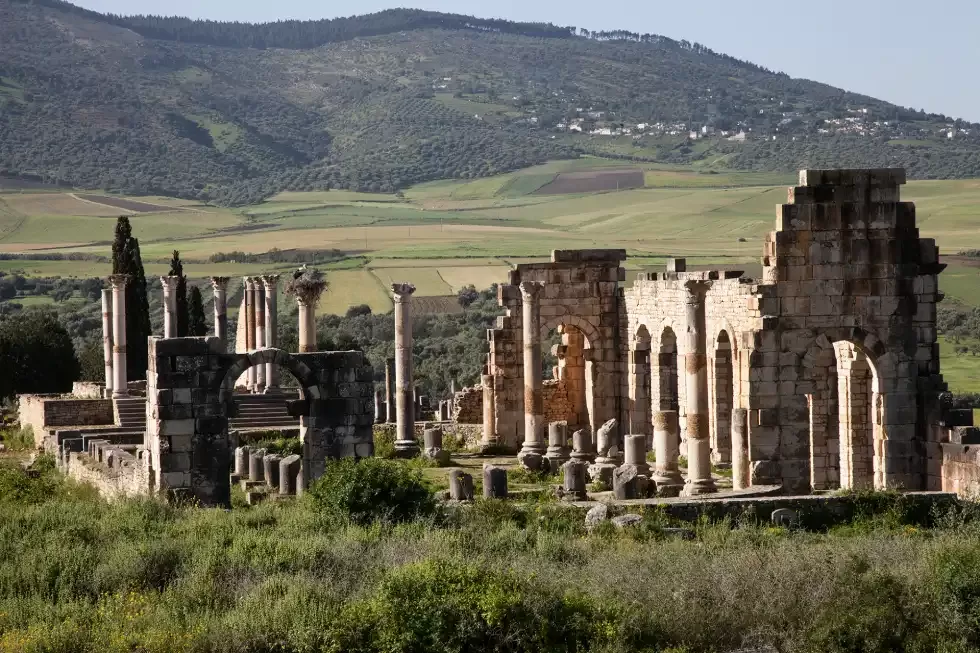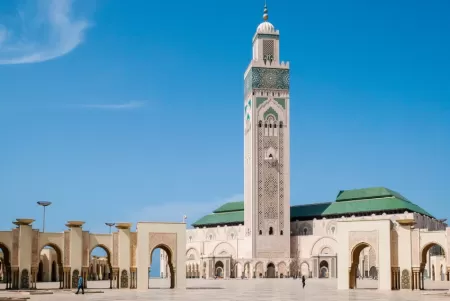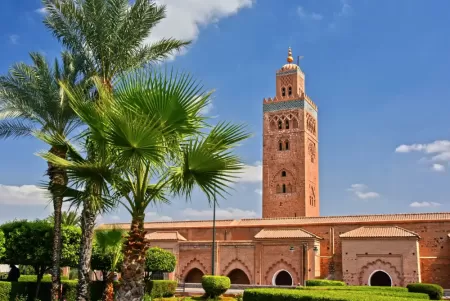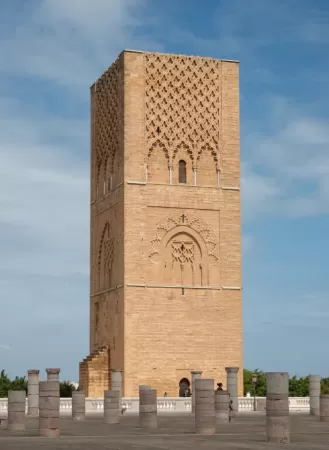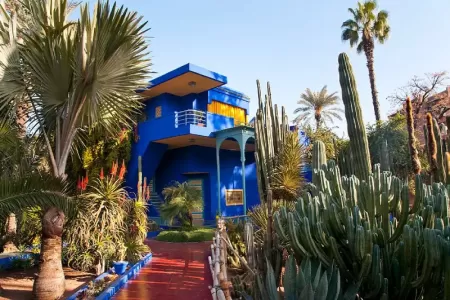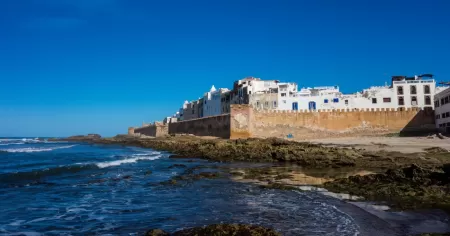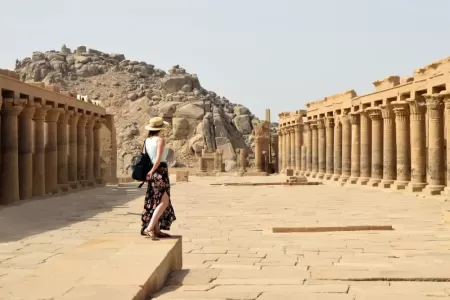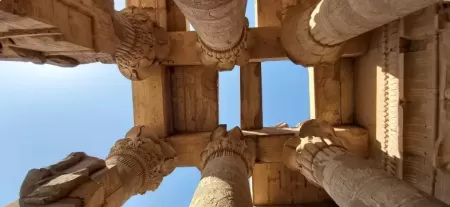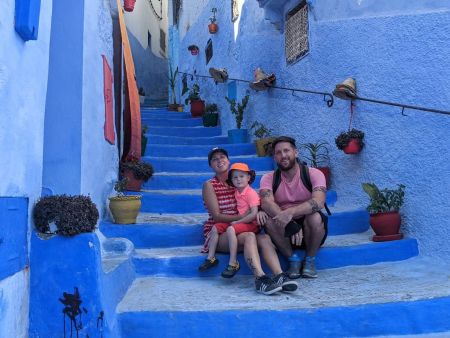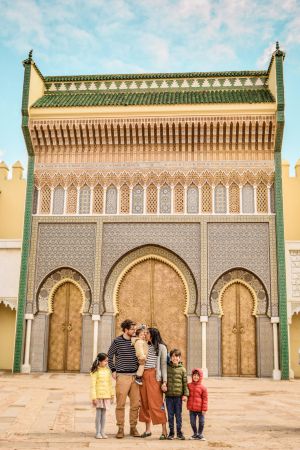The Koutoubia Mosque is Marrakesh’s most famous landmark, known for its stunning 12th-century minaret, beautiful gardens, and rich historical and architectural significance.
Step back in time to watch the ancient Roman city of Volubilis, one of the most fascinating and well-preserved archaeological treasures of Morocco. Near Meknes, designated a UNESCO World Heritage Site, it gives a view of Roman life in North Africa with its vast spaces, intricate mosaics, and sweeping views trailing off into the countryside. For any history lover or a traveler who is curious, Volubilis offers a unique and deeply rewarding experience, something not offered anywhere else in Morocco.
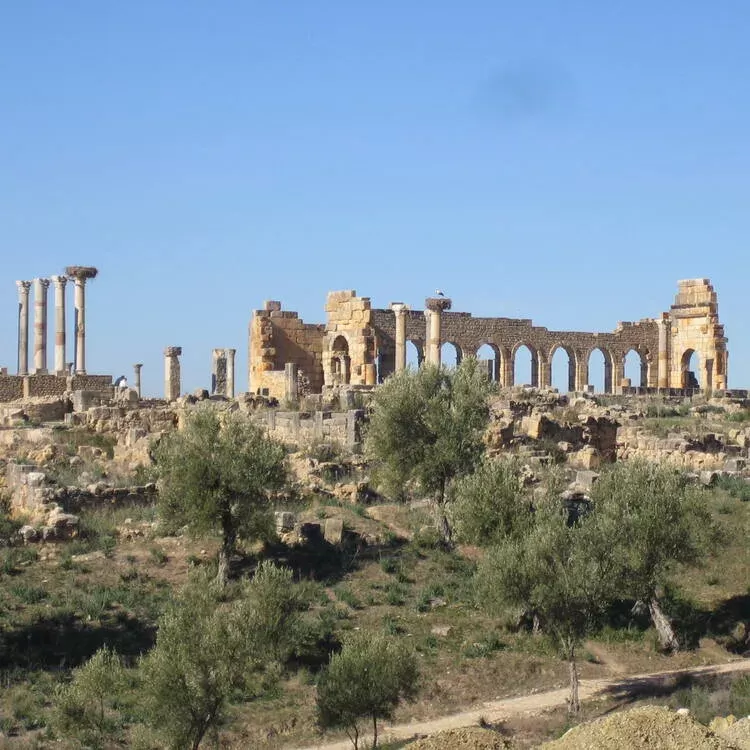
A Journey Through Ancient Volubilis
Perched on the fertile plains outside of Meknes, the ancient Roman town of Volubilis provides one of the most engrossing Moroccan historical experiences. In its heyday, Volubilis prospered as a Roman outpost; presently, it is an extensive open-air museum of mosaics, columns, and stony, weathered arches. For travelers with a curiosity for the many layers of Moroccan history, this offers that rare glimpse into what is left from the empire that stretches into North Africa amidst olive groves and hills.
The History of Volubilis
Volubilis was founded in the 3rd century BCE and later became one of the most important Roman cities of North Africa. It thrived in oil production and trades, and thousands of specialist residents dwelled there with its fine public buildings. After the Romans vacated the city in the late 3rd century CE, it was still populated, even becoming the capital of Idris I, the founder of the Idrisid dynasty. Volubilis has been a UNESCO World Heritage Site since 1997 for its outstanding conservation of importance.
What To See at Volubilis
Even after centuries of wear, Volubilis presents well. Must-see landmarks in the area are the Triumphal Arch of Caracalla, an iconic Roman monument; the Capitoline Temple, once the spiritual center of the city; and the Basilica, where political and legal affairs were conducted. Fleeting mosaics from several villas still survive; they tell the tales of Roman mythology and daily life. The remains of the Forum, bathhouses, and aqueducts also stir the imagination.
Things to See in Volubilis
The Amazing Roman Mosaics
The other great attraction at Volubilis lies in its magnificent mosaics, representing Roman gods, myths, and scenes from day-to-day Roman life. These intricate artworks have been scattered across various houses and temples.
The Labors of Hercules—Showcasing the hero's famous twelve tasks. Dionysus and the Four Seasons—A splendid view of nature's cycles. Orpheus and the Animals – A charming depiction of Orpheus enchating wild creatures with his music.
The Arch of Caracalla
Situated somewhat in the heart of ancient Volubilis, this massive Roman arch was erected in 217 AD in honor of Emperor Caracalla and his mother, Julia Domna. On top of it was once a chariot made from bronze, which indicated the city's allegiance to Rome.
Tip: The arch is the most photographed landmark in Volubilis—a really great shot against the backdrop of the countryside!
The Basilica and Capitoline Temple
The two buildings were the nucleus of the political and religious life of Volubilis. The Basilica was a court and a public meeting place, and the Capitoline Temple was dedicated to Jupiter, Juno, and Minerva—the chief Roman gods.
Walking among these ruins, one can still feel the vibe of ancient senators and worshippers who gathered here.
The House of Orpheus
A great Roman house famous for its mosaics and private baths. The owner was surely a rich merchant, as evidenced by the grandeur of the house itself.
Why Volubilis is a Dream for Photographers
The site of Volubilis is Paradise for photographers. Colorful floor mosaics still give unhidden glimpses into the lives of Romans, showing Roman gods, animals, and everyday life. The remnants of tall and majestic columns and arches come alive against the backdrop of a vast countryside, with golden hour being their best time to shine. Whether with a phone camera or a DSLR, Volubilis promises picture-perfect moments at every turn, combining history with nature.
How to Get to Volubilis
Easily reachable as a day trip from Fes and Meknes, Volubilis is about 40 minutes away from the latter and around an hour and a half from the former. One can reach the site by grand taxi or private car or on many organized tours of Morocco. A visit to Moulay Idriss Zerhoun, the sacred town nearby, will round out the historical tour.
Some Practicalities for Visitors
Opening Hours: Usually open daily from 8:00 AM to 6:00 PM; holidays may shift the schedule slightly.
Guided Tours: Can be arranged on-site or in advance. A guide is highly recommended for fully appreciating the site's historical significance.
Bring: Comfortable walking shoes, water, and sun protection. A camera is a must. With little shade to offer, a hat will certainly be a useful companion.
Time Needed: About 1.5 to 2 hours are best set aside for full exploration of the site.
Volubilis encompasses more than mere ruins—this living museum narrates Morocco's multi-layered history and its status in ancient global history. Easily accessible from Meknes or Fes, this historic gem is one rewarding detour for anyone set on touring the imperial cities or the countryside. Be sure to add Volubilis to your Morocco travel guide—it's a must-see where you get to breathe Roman history and culture in the Moroccan sun.
